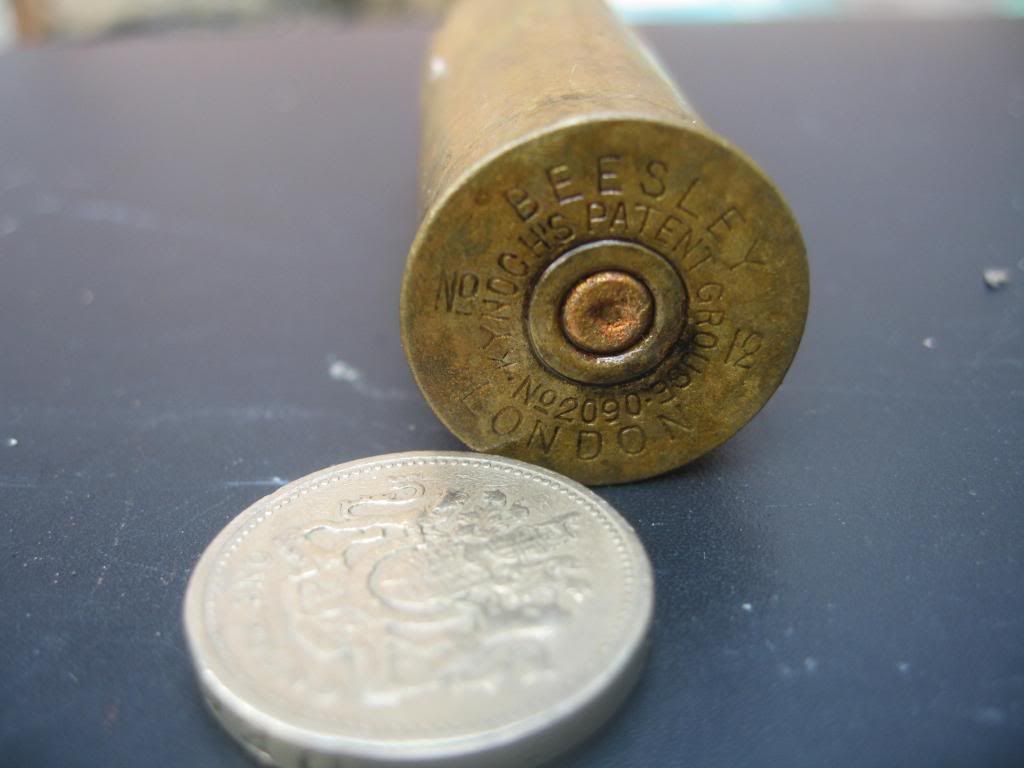anybody able to ID these so I can update my website, please?


Thanks!
Richard
http://www.metaldetectingagency.co.uk/


Thanks!
Richard
http://www.metaldetectingagency.co.uk/
This is a sample guest message. Register a free account today to become a member! Once signed in, you'll be able to participate on this site by adding your own topics and posts, as well as connect with other members through your own private inbox!